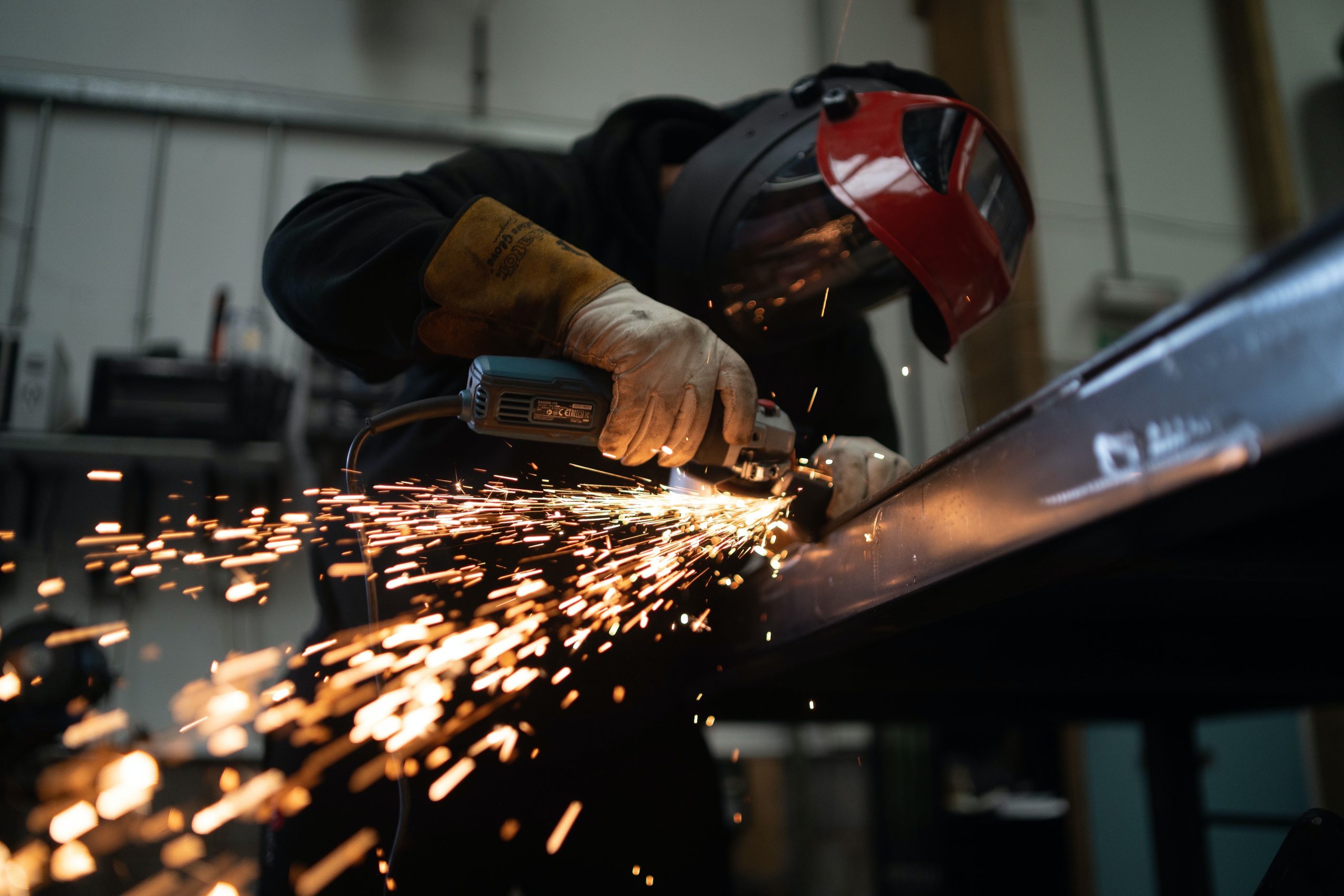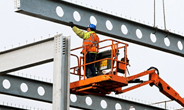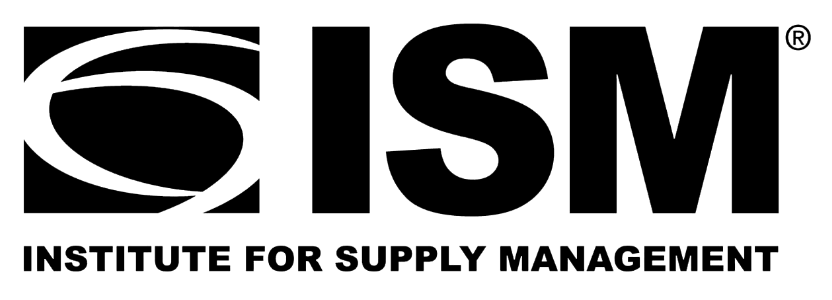Economy

Uncertainty clouds metalformers' Q3 outlook
Written by Laura Miller
June 26, 2024
Uncertainty surrounding demand, the US presidential election, tariffs, and taxes is weighing on North American metalforming companies.
The June Business Conditions Report from the Precision Metalforming Association (PMA) showed most manufacturing members are not anticipating much, if any, improvement in the economy in the coming quarter.
“The June survey confirms that PMA members are seeing a slowdown in economic activity, which tracks other recent reports for the manufacturing sector that are reporting a contraction in activity,” said PMA President David Klotz.
The number of respondents expecting worsening economic activity grew from 26% in May to 30% this month. Most respondents still expect no change in business (56% in June vs. 55% in May), while those expecting an improvement fell from 19% to 14% in June.
Half of metalformers anticipate incoming orders to be flat through September, with the remainder nearly split on whether orders will increase (24%) or decrease (26%).
“Our members are reporting a general sense of uncertainty over industrial demand, the election outcome, and whether tariffs will go up in 2025 and taxes will go up in 2026,” Klotz commented.
“The current environment makes it difficult for downstream companies to plan and respond to their customers’ concerns over similar uncertainties in the markets and over who will be in control of Washington after the November election,” he added.
The PMA, headquartered in Independence, Ohio, comprises more than 900 member companies in the metalforming industry, as well as equipment, materials, and service providers to the industry. Its monthly business report serves as an economic indicator for manufacturing for the next three months.

Laura Miller
Read more from Laura MillerLatest in Economy

New York state manufacturing index drops again in April
Firms were pessimistic, with the future general business conditions index falling to its second lowest reading in the more than 20-year history of the survey

Construction adds 13,000 jobs in March
The construction sector added 13,000 jobs, seasonally adjusted, in March, but tariffs could undermine the industry.

Supply chains, end-users brace for impact from tariffs
Supply chains are working through what the tariffs mean for them

ISM: Manufacturing expansion loses steam after two months of growth
US manufacturing activity slowed in March after two straight months of expansion, according to supply executives contributing to the Institute for Supply Management (ISM)’s latest report.

Chicago Business Barometer rose to 16-month high in March
The Chicago Business Barometer increased for the third-consecutive month in March. Despite this, it still reflects contracting business conditions, as it has since December 2023.
